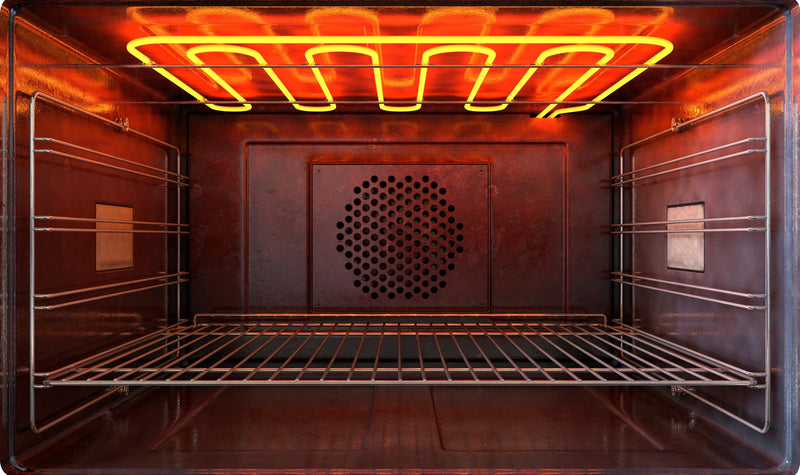
In the realm of preserving cherished memories, few things hold as much sentimental value as our old video tapes. However, the passage of time can take a toll on these delicate relics, leading to a phenomenon known as Sticky Syndrome. If you've ever experienced your precious tapes becoming sticky or difficult to play, fear not. In this guide, we'll explore the art of baking video tapes, a unique survival method that can help revive them and ultimately lead to the preservation of your most cherished moments.
Understanding Sticky Syndrome
Sticky Syndrome is a common issue with aging camcorder tapes, particularly those produced in the 1980s and 1990s. Over time, the binders and lubricants within the video tape degrade, causing a sticky residue to form. This residue not only makes it challenging to play the tapes but can also damage the delicate tape heads in your VCR.
The Baking Method
One unconventional yet surprisingly effective method to tackle Sticky Syndrome is baking. This technique involves placing the affected tapes in an oven for a short period. The heat helps to soften the sticky residue, allowing the tape to be played more smoothly. Here's a step-by-step guide:
- Preheat your oven to a low temperature, around 130-150°F (54-66°C).
- Remove the tape from its plastic casing, ensuring the reels are exposed.
- Place the tape on the center rack of the oven, making sure it is not in direct contact with any heating elements.
- Allow the tape to bake for 4-8 hours, depending on the severity of the sticky residue.
While this method may seem unorthodox, many enthusiasts swear by its effectiveness. However, it's essential to approach this technique with caution and to monitor the process carefully to avoid any damage to the tapes.
The Ultimate Solution
While baking can offer a temporary solution for sticky tapes, the best way to ensure the long-term preservation of your memories is to convert them to a digital format, like an MP4 file. Digital conversion not only eliminates the risk of further degradation but also allows you to easily share and enjoy your videos on modern devices. Here's why digital conversion is the ultimate solution:
Digital Longevity
Digital files do not degrade over time, ensuring the preservation of your memories for generations to come.
Digital Convenience
Digital files can be easily stored, copied, and shared without the risk of physical damage.
Digital Accessibility
Digital files can be played on a variety of devices, from computers to smartphones and smart TVs.
VHS to Digital
While baking video tapes may provide a short-term solution to Sticky Syndrome, the best way to safeguard your precious memories is through VHS to digital conversion. Whether you choose to embark on the baking journey or opt for a professional VHS tape conversion service, the goal is to ensure that your cherished moments remain intact and accessible for the years ahead. So, dust off those old tapes, bake them if necessary, and embark on the journey of preserving your memories in the digital age.
Select a box to get started.
Pack whatever fits... we'll sort it all.
Simply pay unit digitizing prices.
















